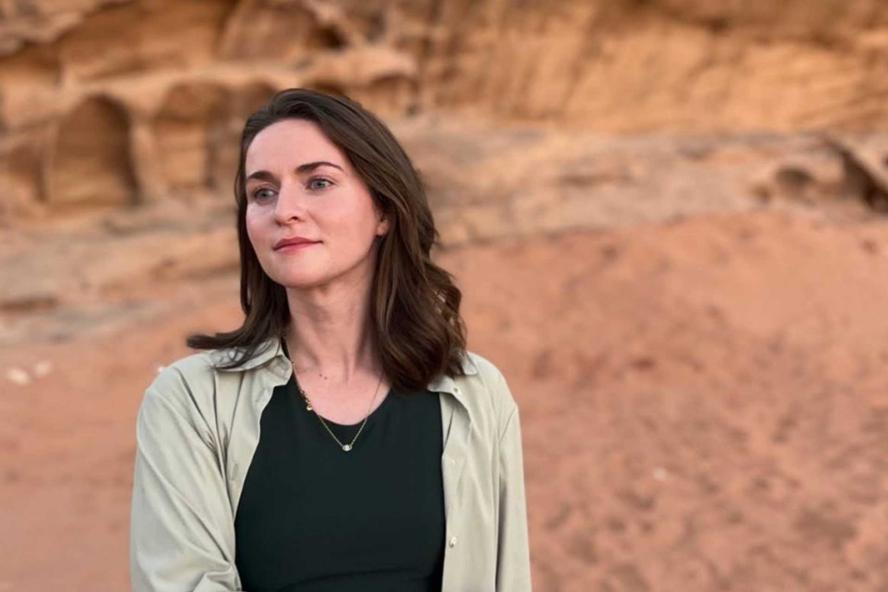Instructor Spotlight: Maggie Freeman

What inspired you to teach this course?
This course was born out of my research on the architecture of the nomadic pastoralist Bedouin in the Middle East and North Africa, people who live in predominantly arid regions and whose way of life is adapted to conditions of aridity. As I was conducting my research on the Bedouin, I realized just how little is understood about deserts both in scholarly literature and in the popular imagination. Deserts are and have so much more than just sand and camels, and I want to instill in students a sense of the many lifeworlds contained within and across deserts.
How do you define a desert?
Interestingly, there is no scientific consensus on how exactly to define a desert. An easy, commonly-used rule of thumb is that deserts are regions which receive less than 10 inches of annual precipitation on average. However, I stress in my course that I am less interested in identifying what a desert “actually” is and more interested in identifying regions that historically are defined as deserts, and how those regions are perceived, portrayed, and treated as a result.
What is one thing Tufts students can do to help end the stigma surrounding deserts?
Language matters. At the beginning of the semester, we collect adjectives commonly used to describe deserts. Hot, dry, empty, hostile, barren, and remote are words that come up a lot. Then we discuss and unpack each word to understand how each is not a totally accurate way to represent deserts. Changing our language usage and how we refer to and describe deserts helps take away some of the stigma that's associated with deserts and with the people who inhabit them.
What do you hope that students will take away from your course?
There is already historical tendency to vilify deserts, and I think contemporary rhetoric around climate change has amplified that tendency, where deserts are now often seen as a scourge caused by manmade climate change. While manmade climate change has certainly increased aridity, I want students to come away understanding that deserts are a naturally-occurring part of our planet and we would be lacking in so much diversity and complexity without them.
Maggie Freeman is a PhD candidate in History, Theory, and Criticism of Art and Architecture and the Aga Khan Program for Islamic Architecture at MIT.